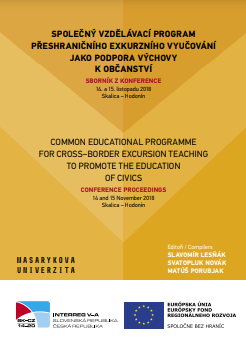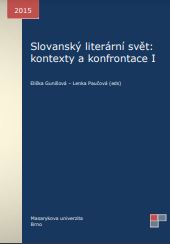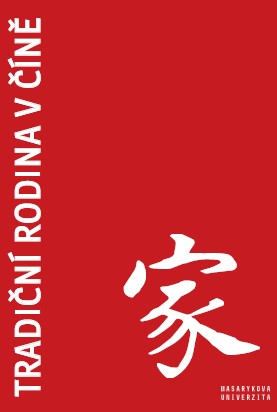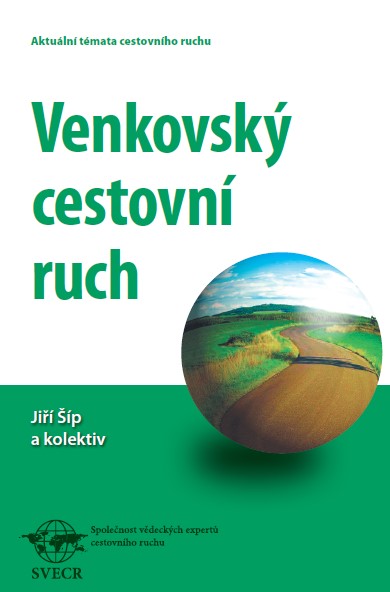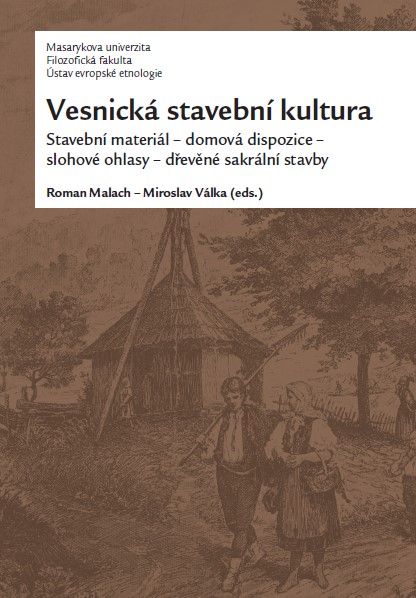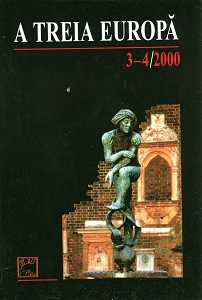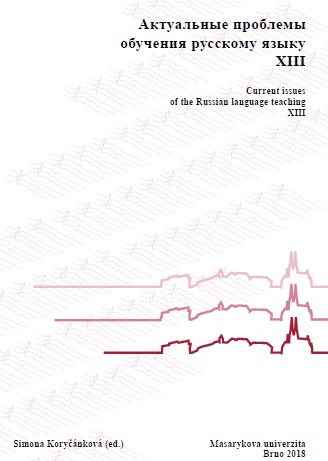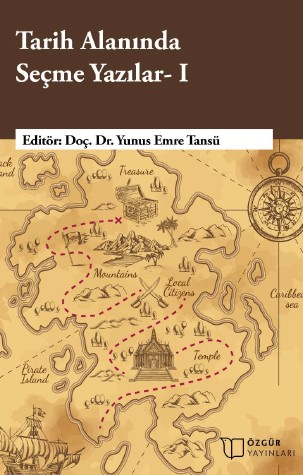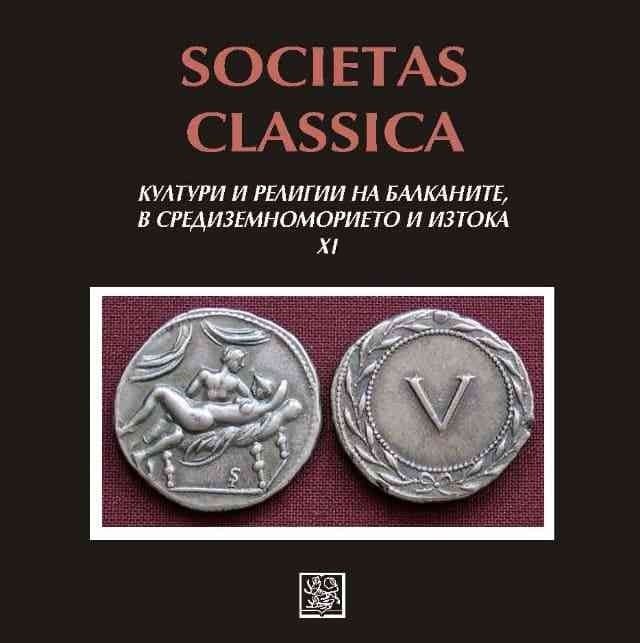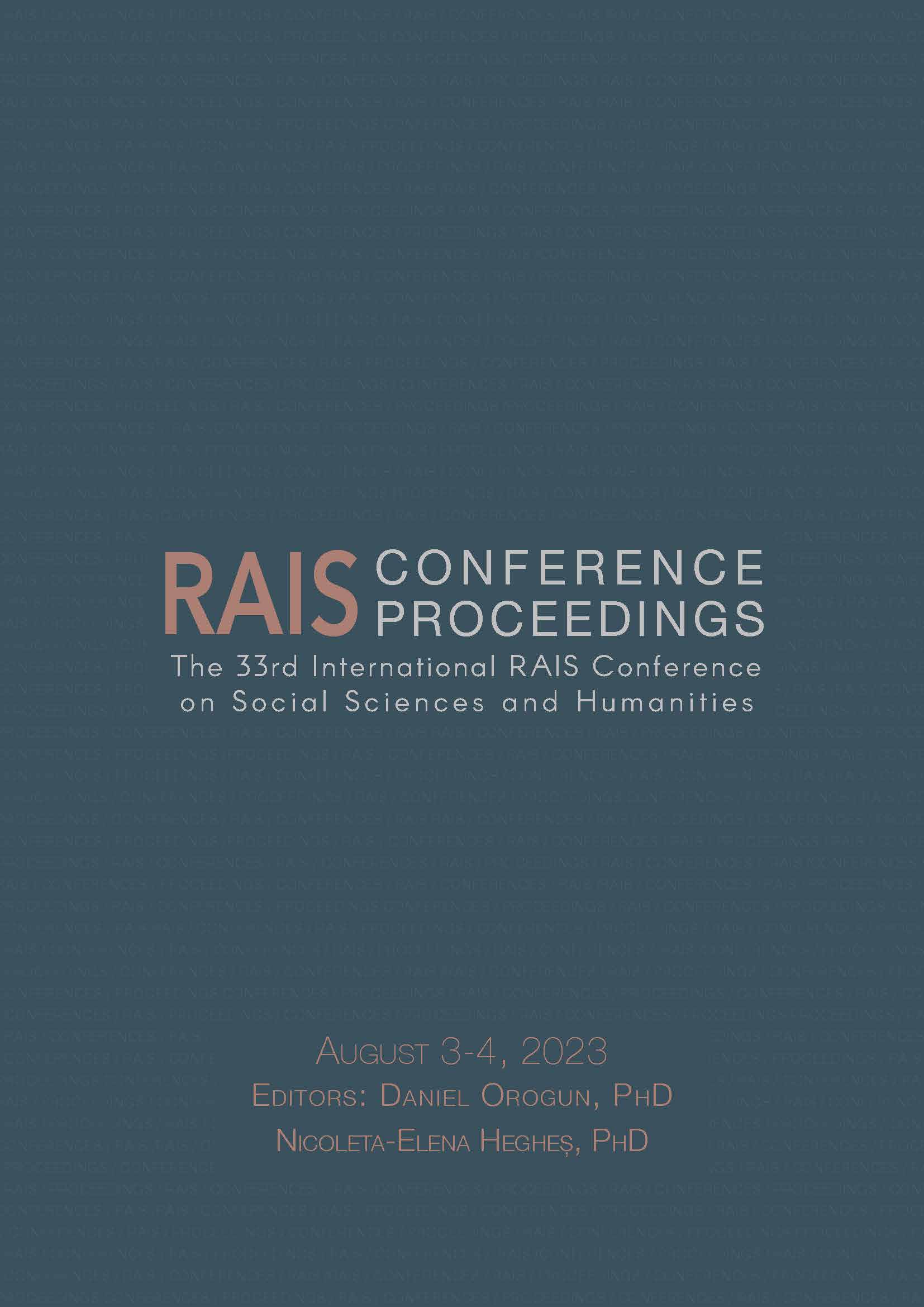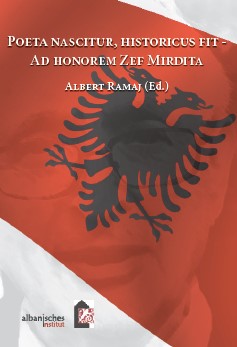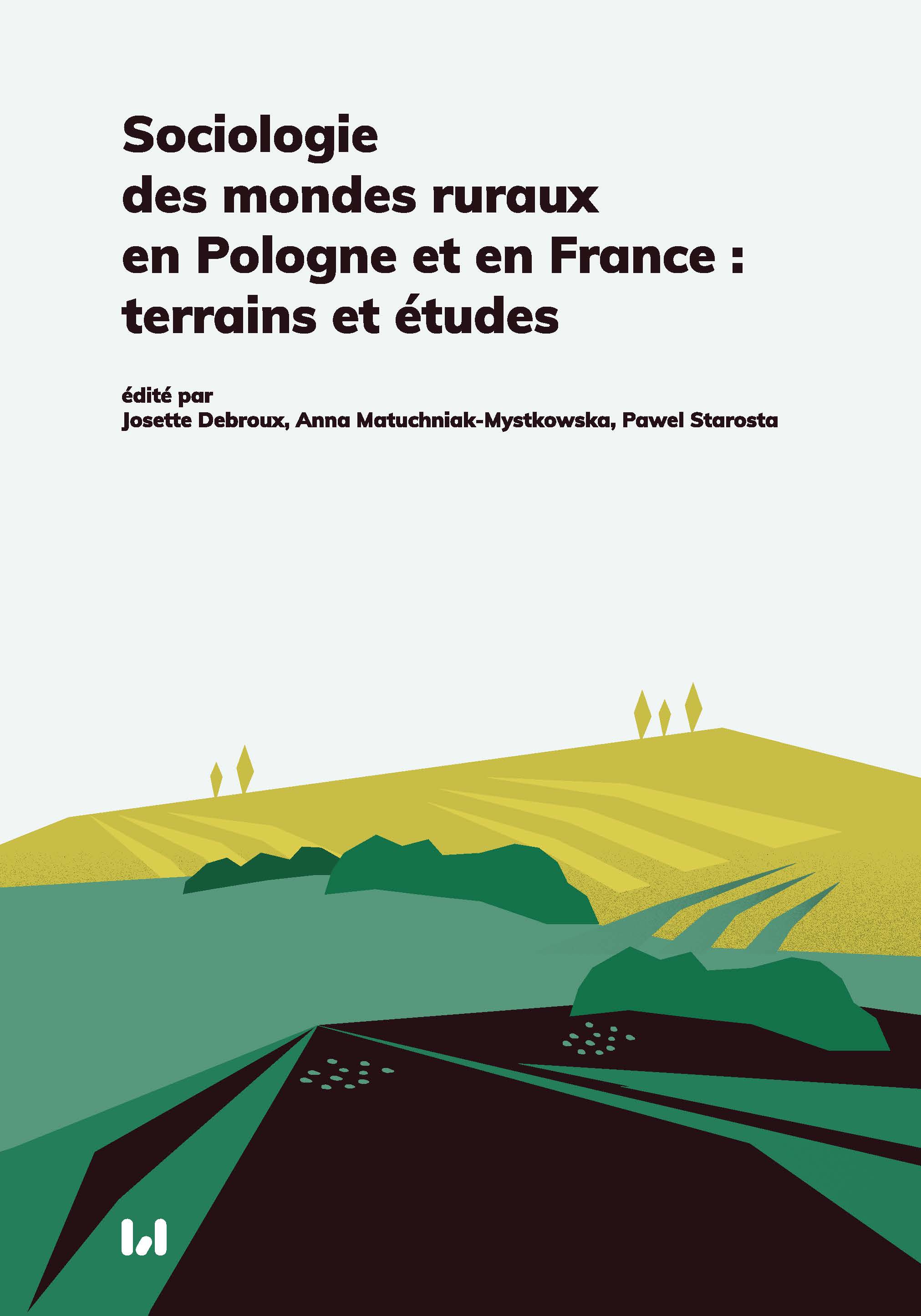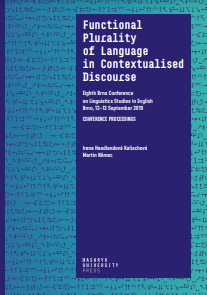
WOMEN IN LOVE AGAINST THE UNDERWORLD: “FEMALE SAVIOR” SCENARIO IN ENGLISH, RUSSIAN AND TURKISH FOLKLORE NARRATIVES
The main idea of this work was to study gender representations in the English “Ballad of Tam Lin”, the Russian fairy tale “Finist the Bright Falcon” and the Turkish tale “Patience-Stone” through the analysis of language units with implicit gender semantics. These folklore narratives have important similarities featuring the female protagonist as the main plot driver and possessor of cultural wisdom. They follow the “female savior” scenario, depicting women as decisive and challenging the traditional role of a decorative victim.
More...
